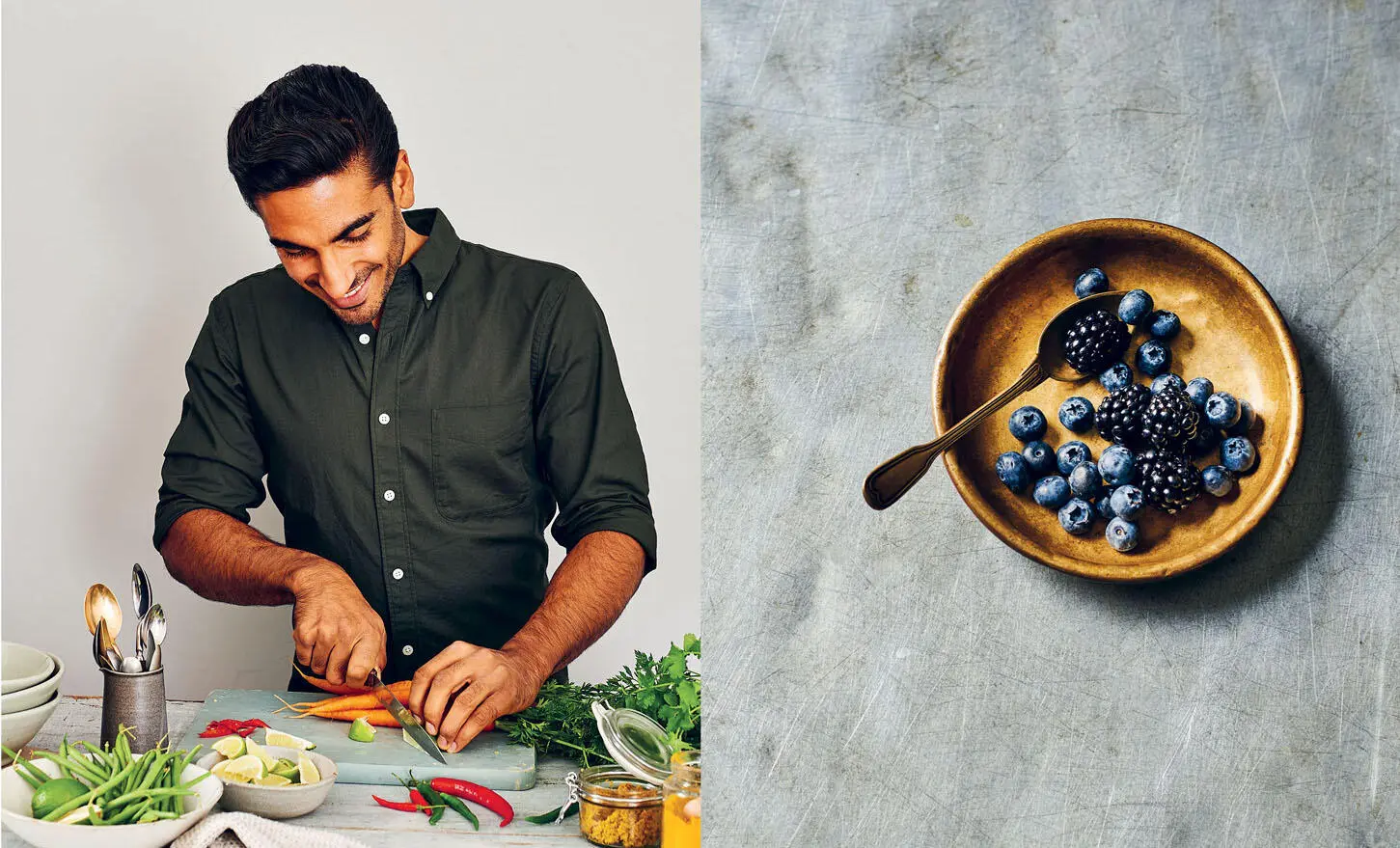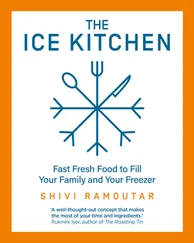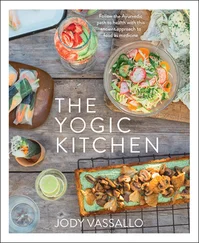STOP THE STRESS
Beyond the nutrients necessary for contracting the muscular walls of our heart, this organ is vulnerable to ‘oxidative stress’, a topic we discuss in the chapter exploring inflammation ( here). High levels of inflammation have been shown in many animal and human models to be detrimental to the walls of arteries. 51Oxidative stress can be created by high blood pressure, smoking, as well as high-sugar diets that can lead to the creation of ‘advanced glycaemic end products’ (AGEs). These products concentrate in parts of the heart vessels creating inflammation that can lead to plaque formation. 52By ensuring your lifestyle reduces inflammation, limits foods high in sugar and refined carbohydrates (like white rice, bread, pasta, cookies and cakes) you can prevent unnecessary oxidative stress and fuel your body’s natural inflammation-balancing mechanisms.

A Mediterranean-style diet has been shown to reduce oxidative stress, lower blood pressure and improve the health of blood vessels. 41In addition, a diet high in green vegetables such as broccoli, parsley and sprouts not only contains oxidant scavengers like vitamin C and heart-stabilising minerals like magnesium, 53but phytochemicals including sulfurophane, indole-3-carbinol and quercetin that are known to be potent anti-inflammatory ingredients. 54
‘Whole sources of fat such as pecans, walnuts, sunflower seeds and minimally-processed extra-virgin olive oil are fantastic additions to your diet from a heart-health perspective.’
BALANCED FATS
Despite years of being told fat should be stripped out of our diets, sources of good-quality fat such as nuts, seeds and extra-virgin olive oil feature heavily in Mediterranean diets which are heart healthy. The detrimental low-fat message needs to be addressed. It’s been heavily over-simplified and it’s a confusing topic for many patients who still believe all sources of fat are harmful. To put it simply, whole sources of fat such as pecans, walnuts, sunflower seeds and minimally-processed extra-virgin olive oil are fantastic additions to your diet from a heart-health perspective. Not only do they contain key minerals like selenium and magnesium but they provide antioxidants such as vitamin E, which can protect the heart from oxidative stress. 55Algae oil and wild oily fish also contain long-chain Omega-3 fatty acids that have been shown to be anti-inflammatory 56and vital additions to a heart-healthy diet.
Two types of fatty acids, Omega-3 and Omega-6, have been given a lot more attention in studies trying to explain the rise of heart disease in western countries. Omega-6 is found in cereals, wheat and animal products but also within vegetable oils, nuts and seeds. Omega-6 is generally thought to be pro-inflammatory but, as we will learn in the inflammation chapter ( here), the process of inflammation is essential for our body and this is why we need some sources of Omega-6 in our diet. The issue appears to arise where the ratio of Omega-6 to Omega-3 in our body falls out of balance. Throughout our evolution we would have had equal amounts of 3 and 6 or a ratio between 1:1 to 1:4. 57However, western diets high in poor-quality industrial corn and soy oils, refined cereals, wheat and animal products tip the balance to one that has a much higher ratio of Omega-6 than is sensible for human health.
The mechanism by which different fats impact our health is more complicated than simply turning inflammation on and off. Fatty acids modify the blood’s ability to clot and even influence gene expression of cells in our vessels. 58To put it simply, it’s all about ratio, but rather than suggesting we all diligently calculate our Omega-3 to Omega-6 percentages, my advice would be to concentrate your fat sources on whole foods such as nuts and seeds. Use minimally processed oils like extra-virgin olive oil and limit your intake of biscuits, fried foods and refined snacks like crisps. Follow these principles and your ratios are likely to be optimal for general as well as heart health without having to obsess about the numbers.
Our plates are a gateway to using the thousands of compounds that assist our body’s inherent ability to look after itself. Recipes such as my Aubergine and Walnut Ragu (see here) or the Jambalaya (see here) are great examples of the types of food we need to concentrate our diet around. These include vegetables, fruits, spices and specific fats that help reduce our risk of heart disease through a multitude of cellular processes. Here are some of the foods I regularly recommend in clinic to patients interested in heart-healthy meals:
+ A rainbow of coloursThere is a significant body of clinical data and large studies to demonstrate that antioxidant-rich diets reduce blood pressure and cardiovascular risk 59and, as a general rule of thumb, colours mean antioxidants. Look for a rainbow of colours in your diet and you’re likely to be including a plethora of micronutrients that will positively impact your heart. Of particular note, I like to include red and purple foods such as berries, beetroot, red cabbage and grapes. These contain phytochemicals such as the betalains and anthocyanins that have been shown to relax blood vessels and lower high blood pressure. 60, 61, 62
+ Calcium and potassiumThese minerals are essential for vascular health. You’ll find calcium in ingredients such as chickpeas, puy lentils and sesame seeds, and both potassium and magnesium are abundant in dark greens such as cavolo nero, spring greens and Swiss chard. The heart is an energy-generating organ that relies on these minerals to appropriately conduct electricity through its tissue fibres. By eating these types of foods, you ensure the availability of these essential nutrients to safeguard optimal heart function.
+ FibreAs well as the minerals contained within beans, legumes and pulses, these foods offer a variety of fibre sources. As with most aspects of health, your gut microbes have a significant role in cardiovascular disease and there is a clear ‘gut-heart’ connection. 63Inflammation is an important contributor to the mechanism of cardiovascular disease and nurturing a robust gut population with plenty of fibre sources reduces inflammation and can prevent damage to arteries that can cause heart attacks and strokes. In addition to pulses and legumes, chicory, garlic, onion and leeks are fantastic fibre sources that will encourage a healthy microbiota.
+ Good-quality fatsThese have been shown to have positive effects on the expression of your genes, which create a more favourable cholesterol profile and improve fat distribution around your body. 49The fats to focus on are those from whole plant sources: concentrate on the least refined types. These include walnuts, pistachios, almonds, oily fish, cold-pressed virgin oils (like avocado, rapeseed and olive) and seeds. These tend to have higher amounts of unsaturated versus saturated fats, but I’d rather you pay attention to foods rather than the biochemical profiles of ingredients. I’ve found in clinical practice that it’s a waste of mental energy to try and entertain the different arguments for and against certain fats. The reality is, all fats contain both unsaturated and saturated categories in varying proportions and subtypes. It doesn’t make any sense to suggest we should remove all saturated fats from your diet when every fat you can think of will contain some amount of saturated fat. Trust me on this one: your heart will thank you for focusing on plentiful whole, largely plant-based fats and enjoying fats from animal products like meat and dairy on occasion.
Читать дальше













